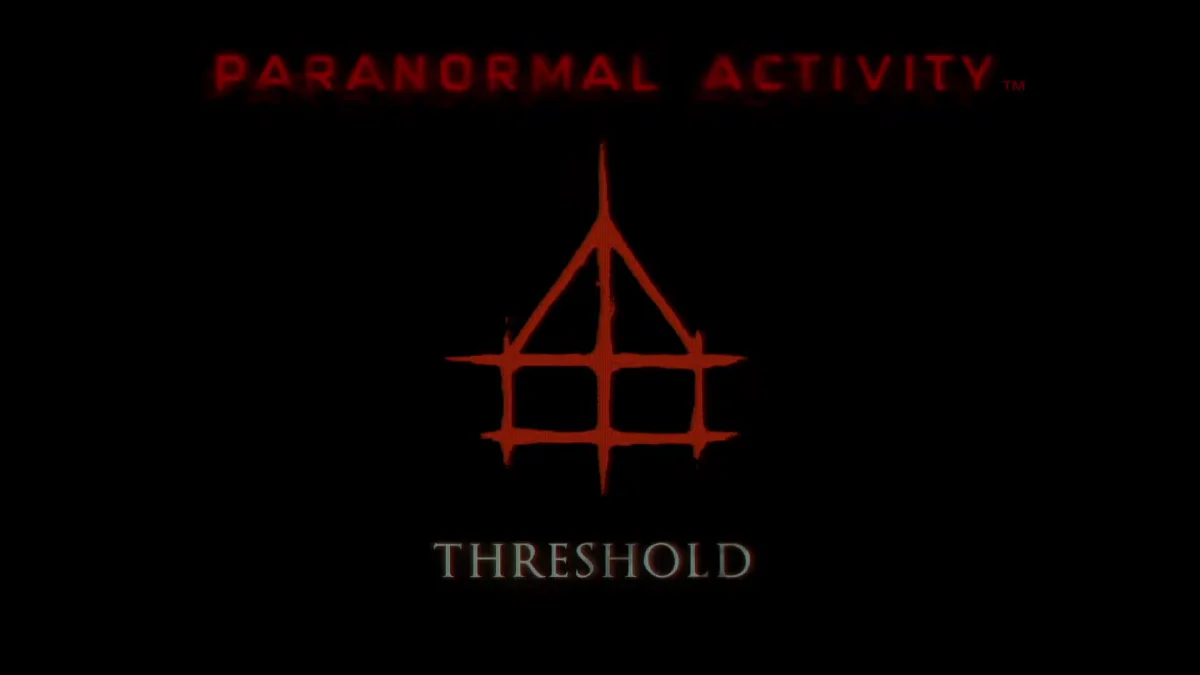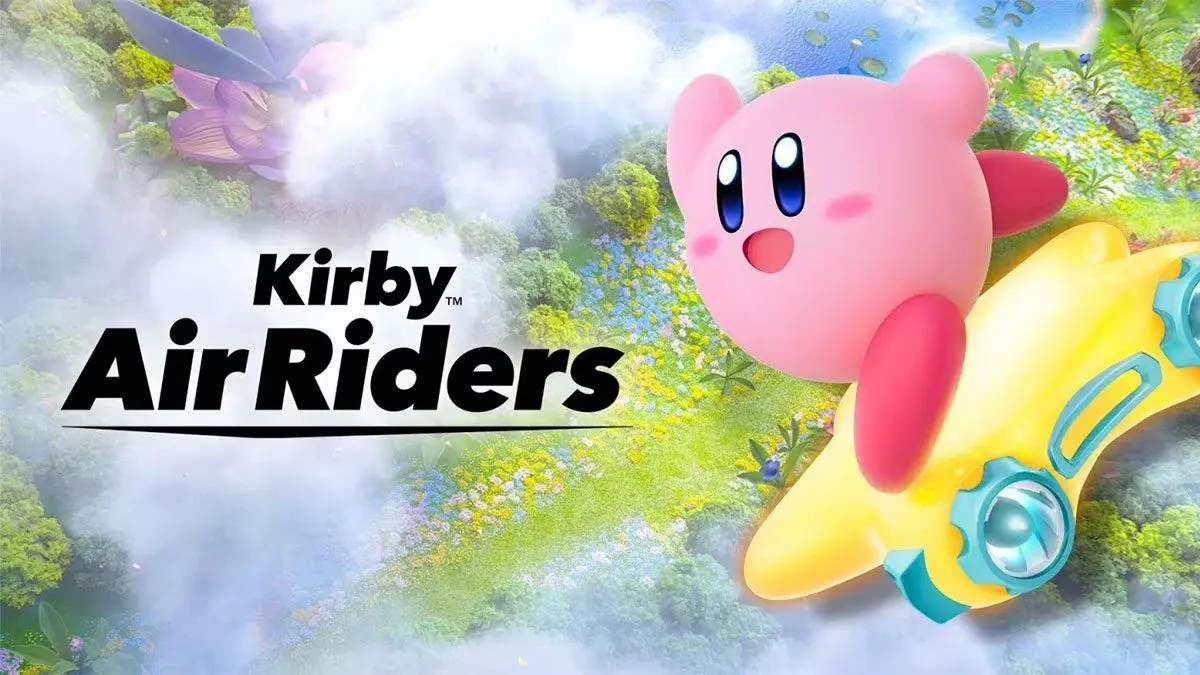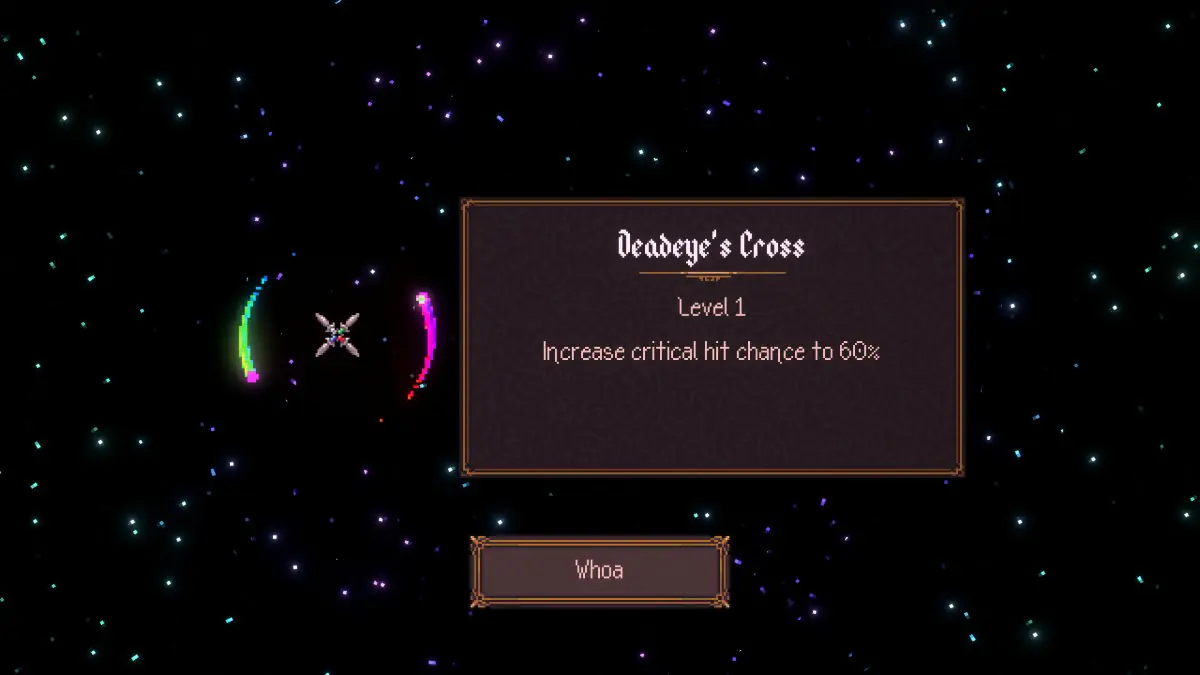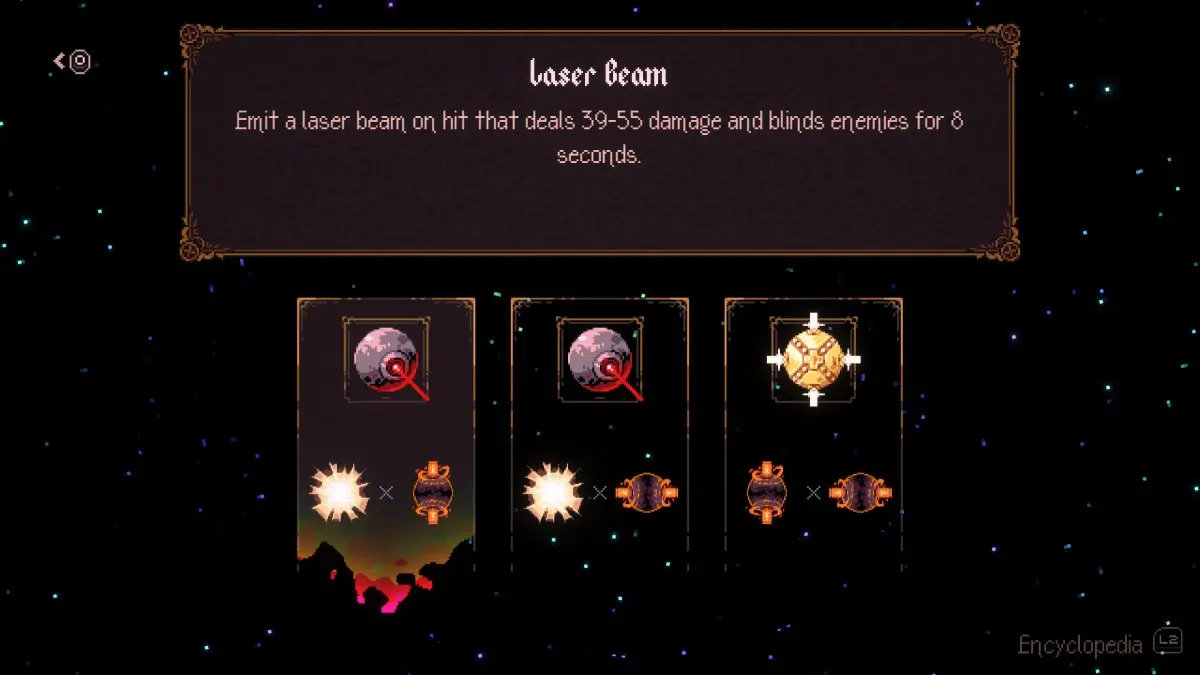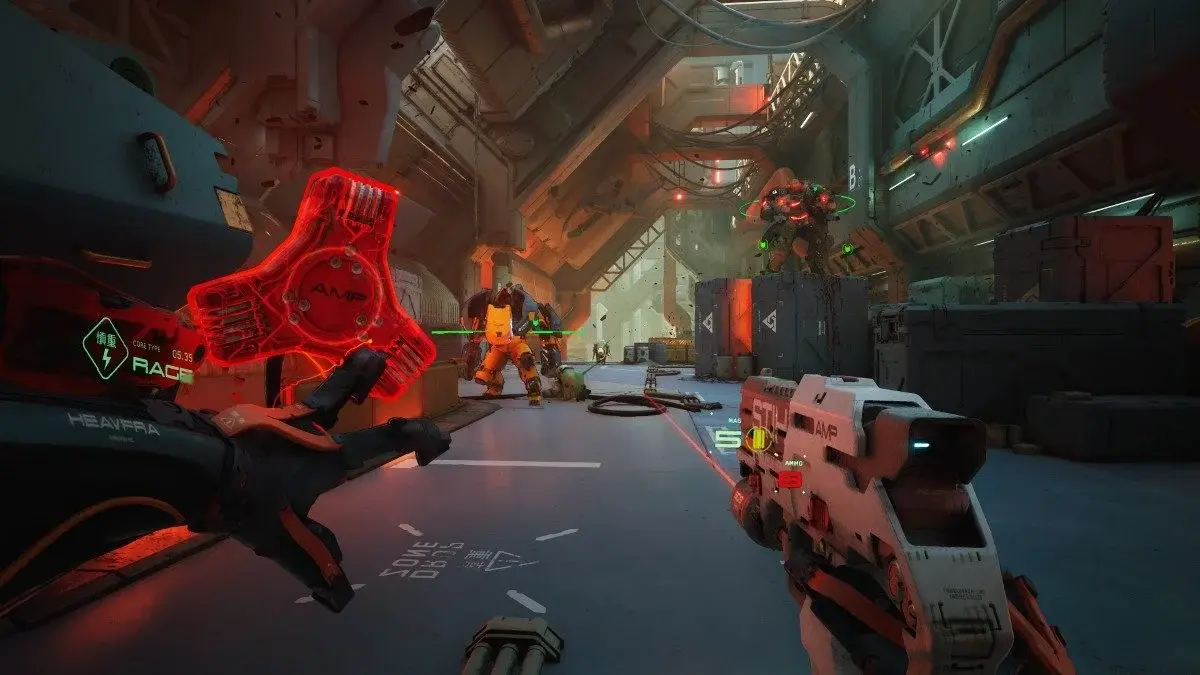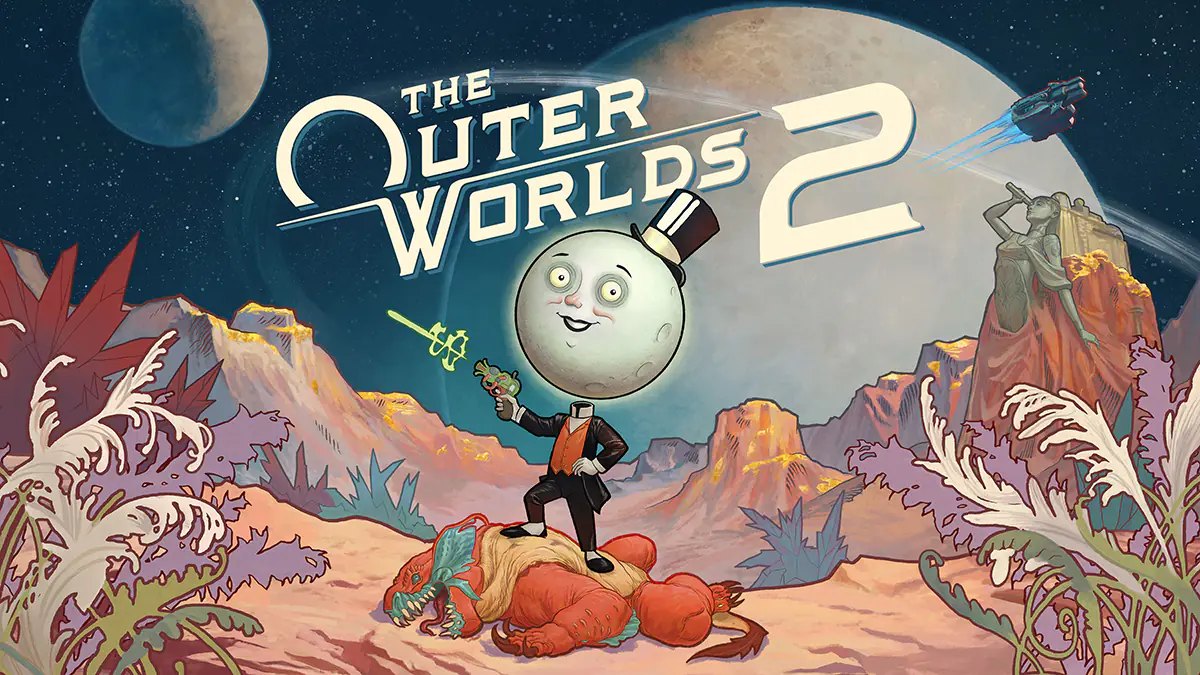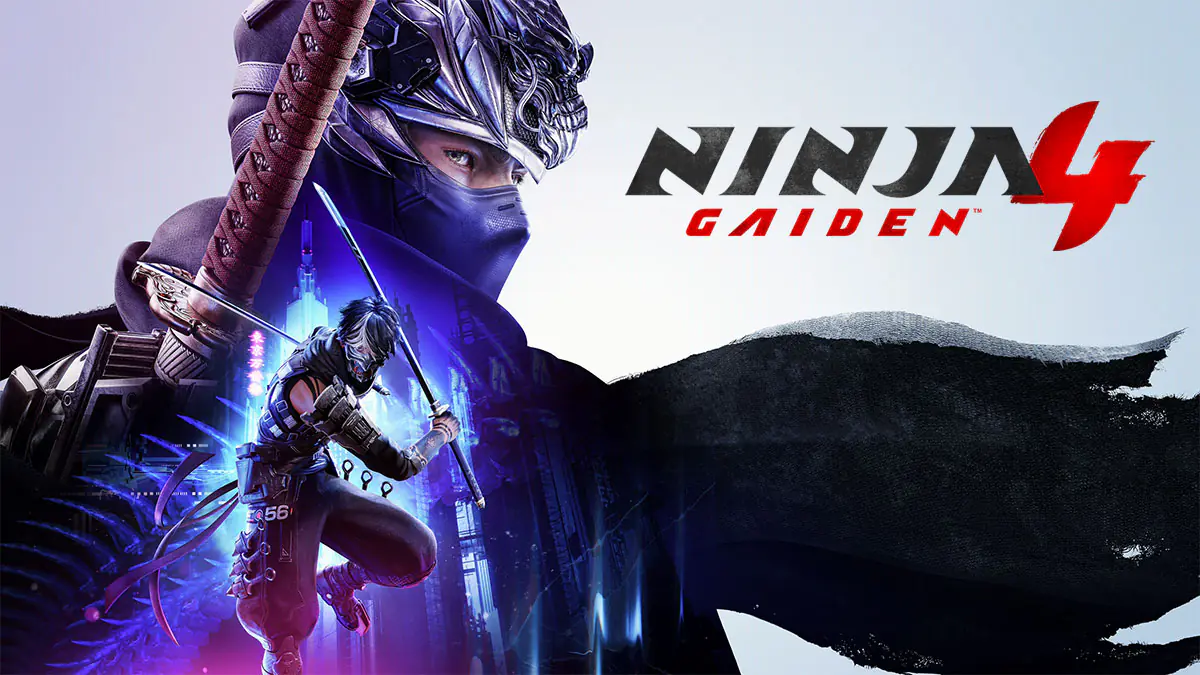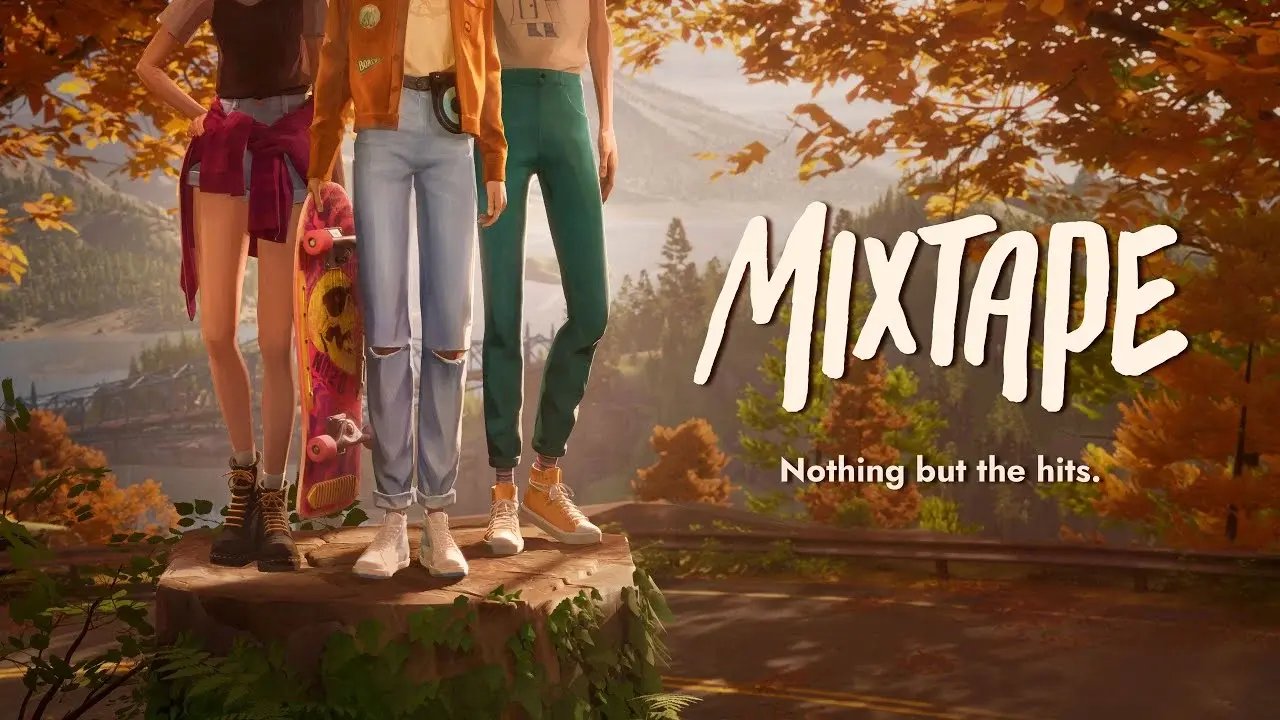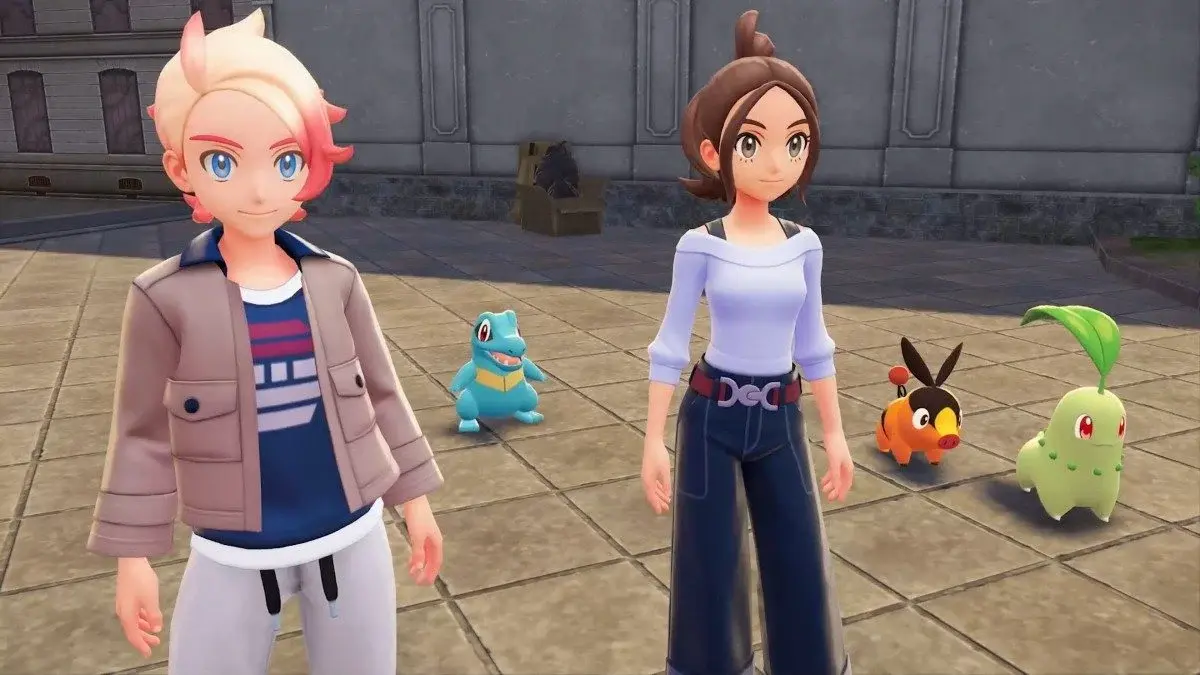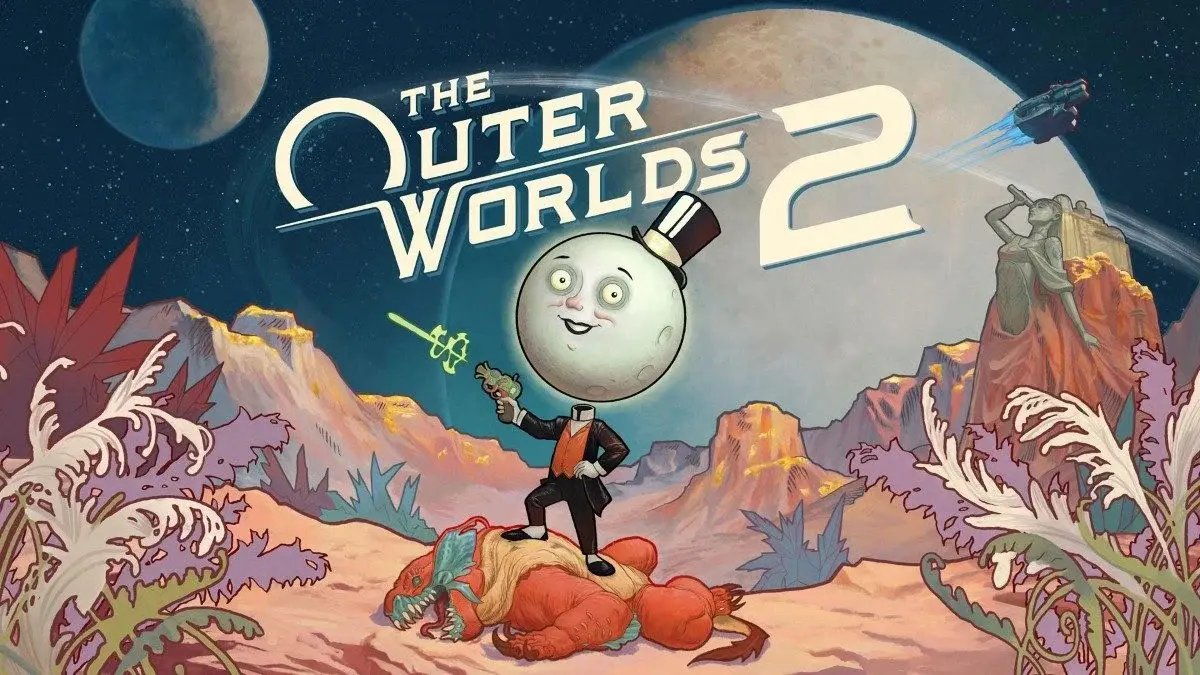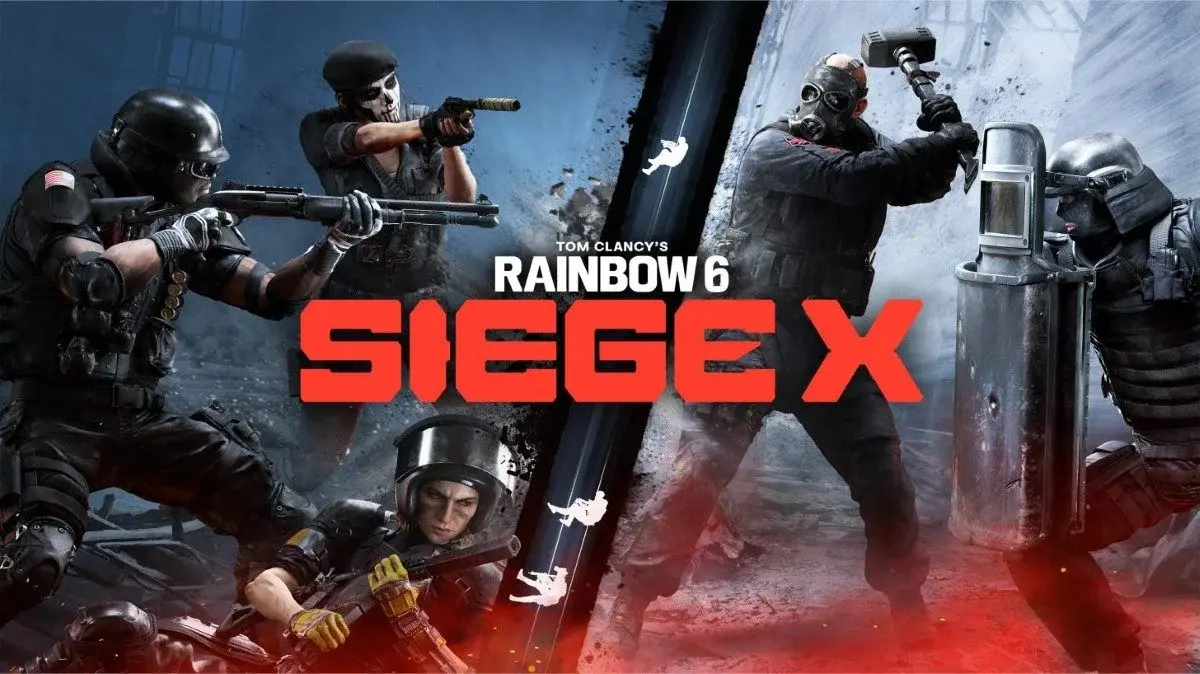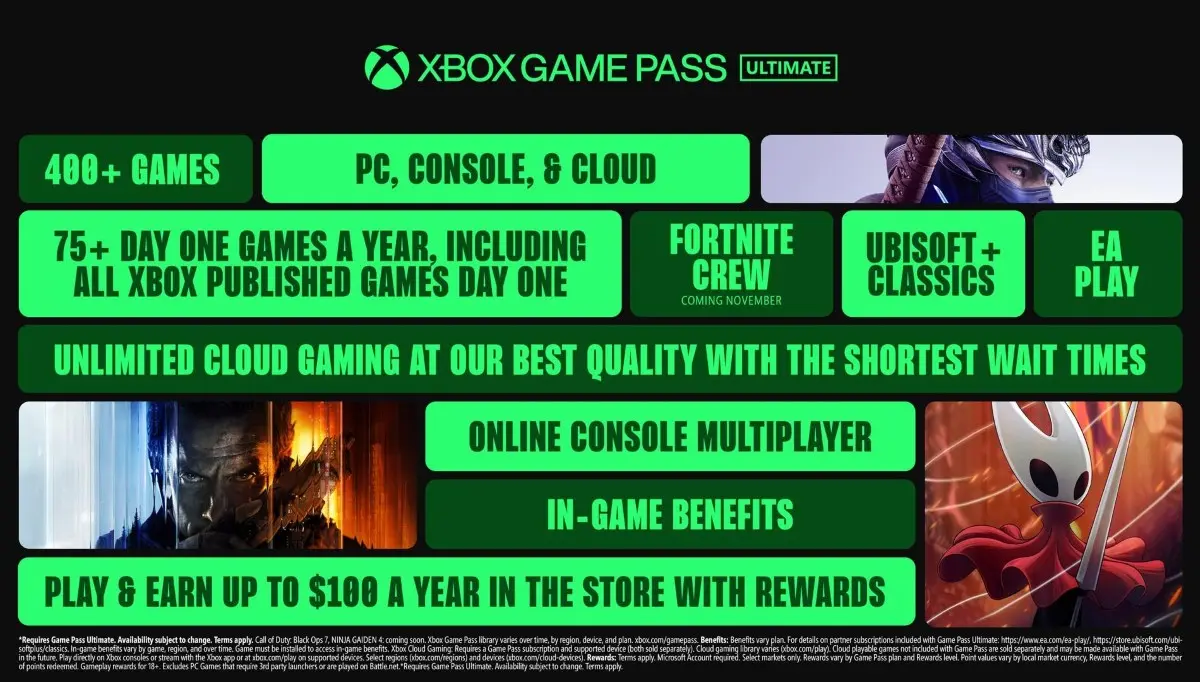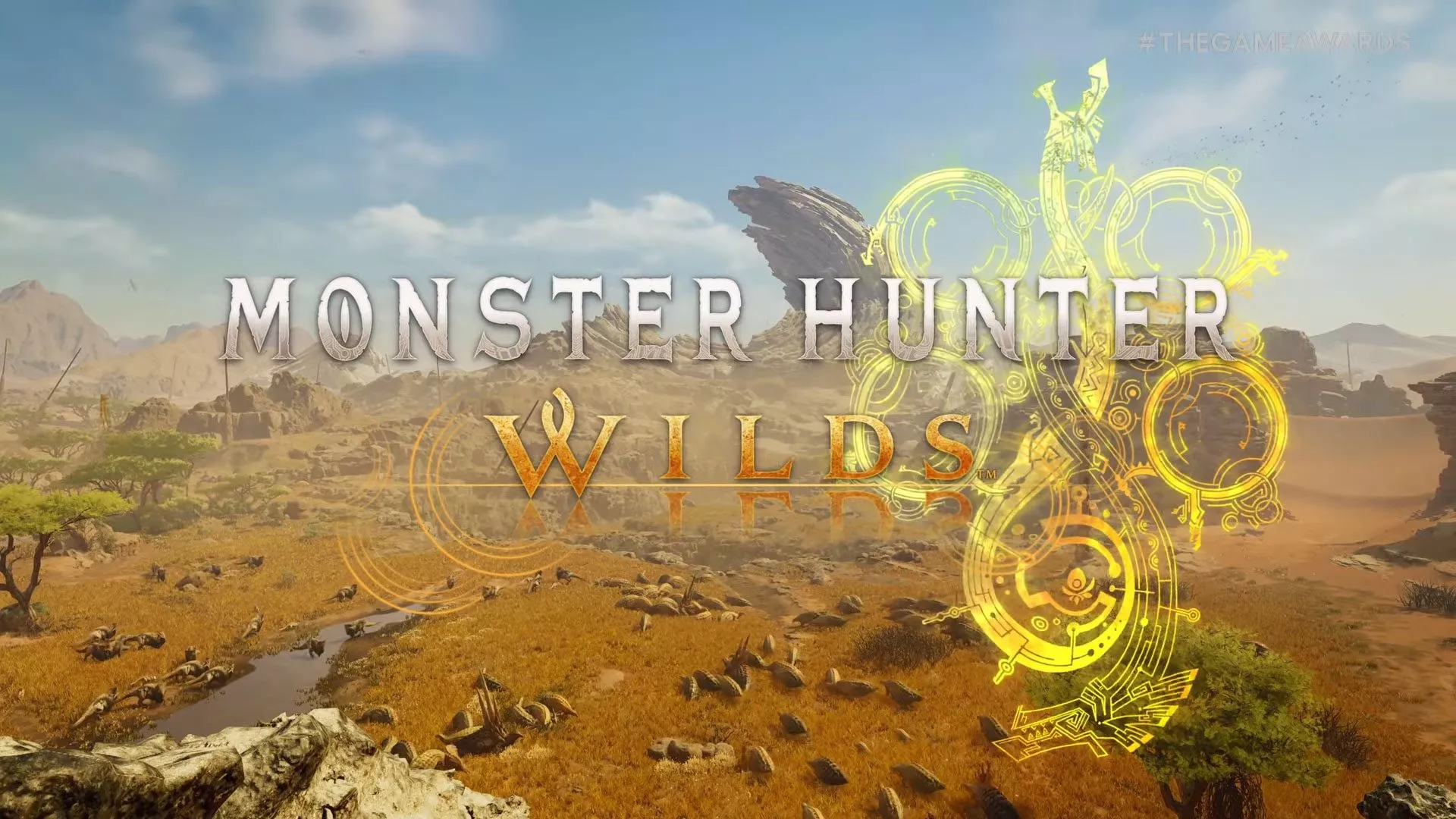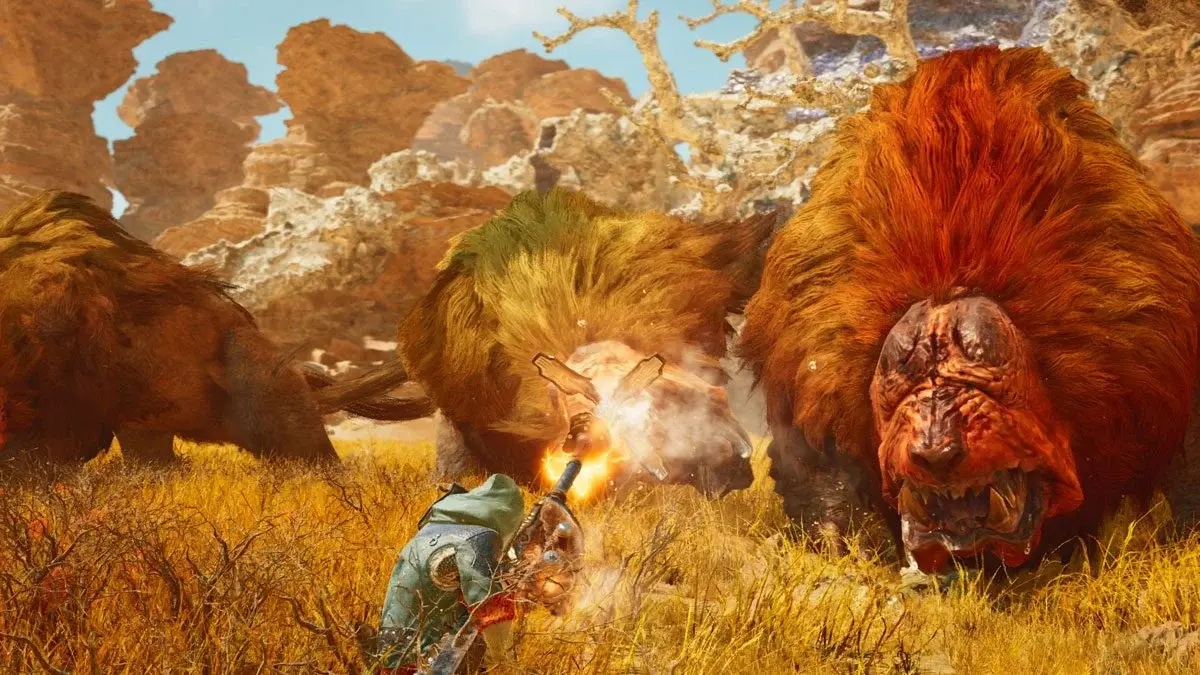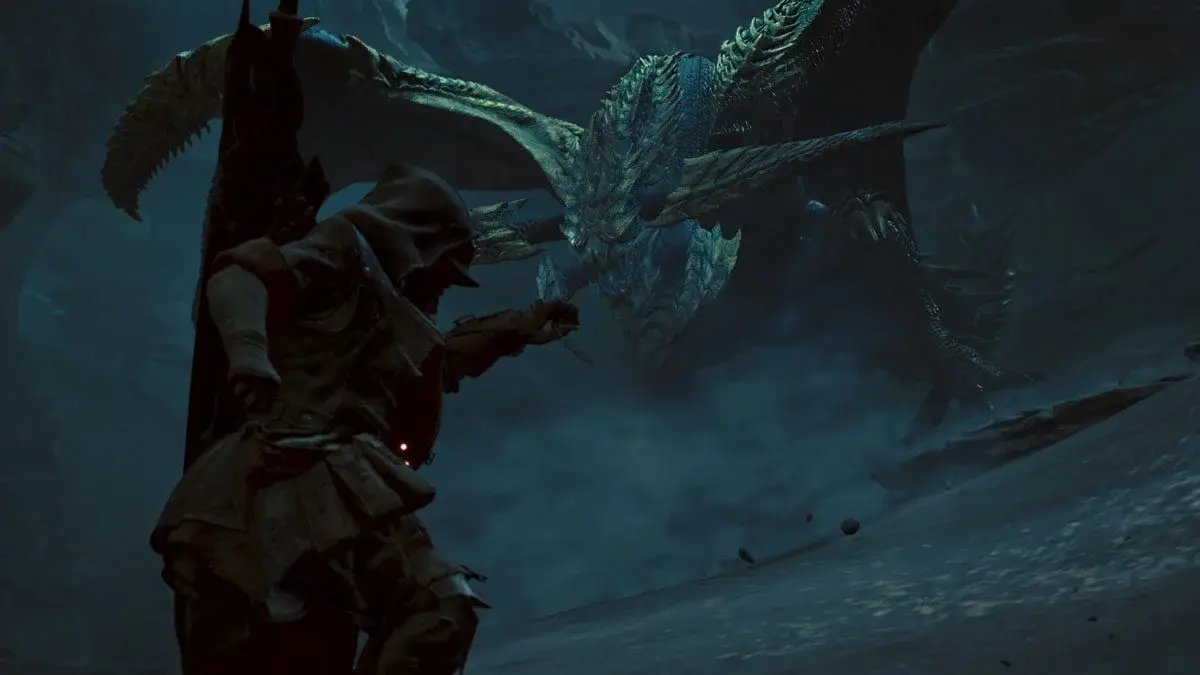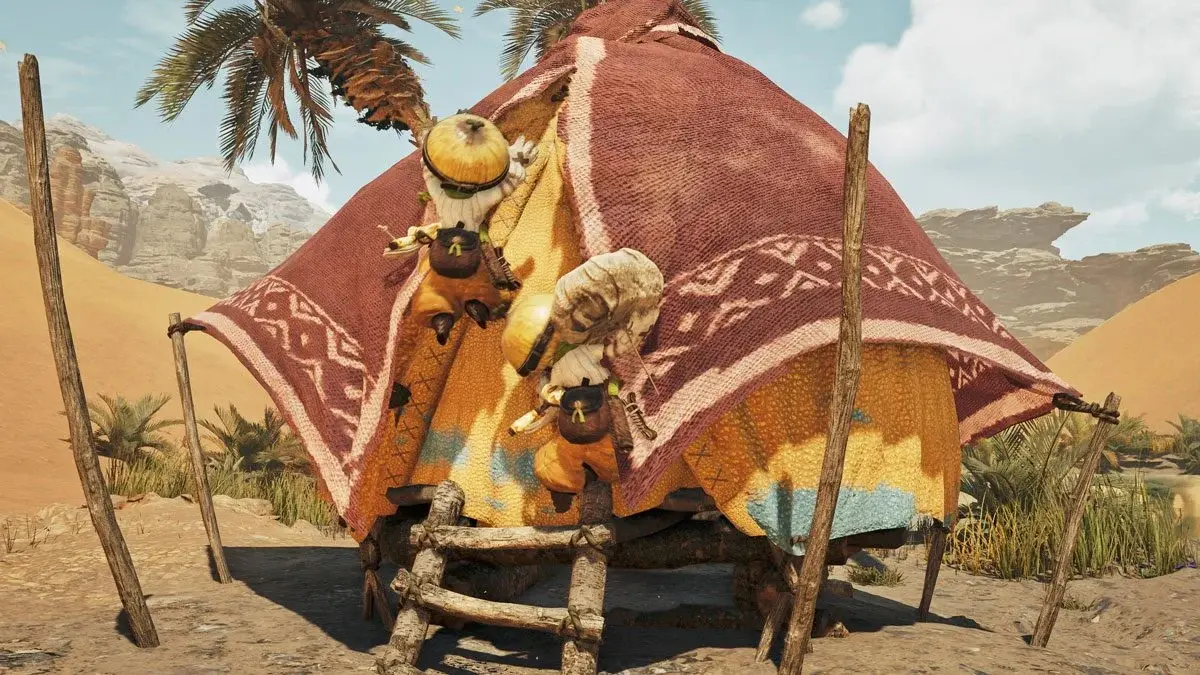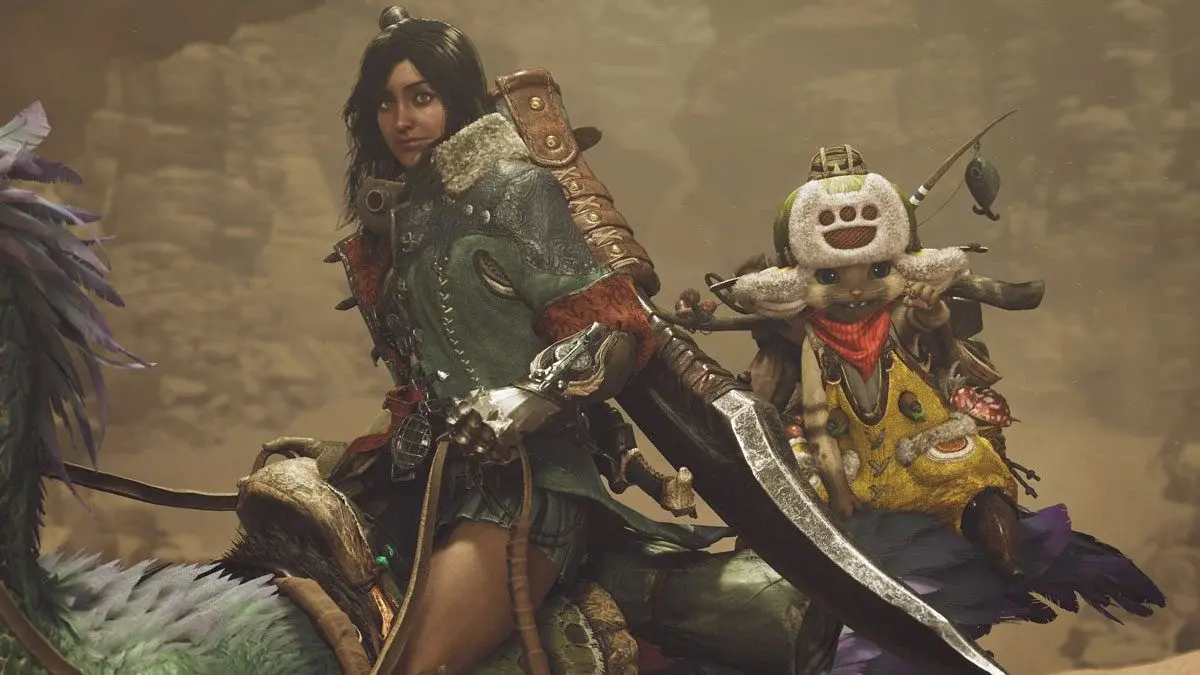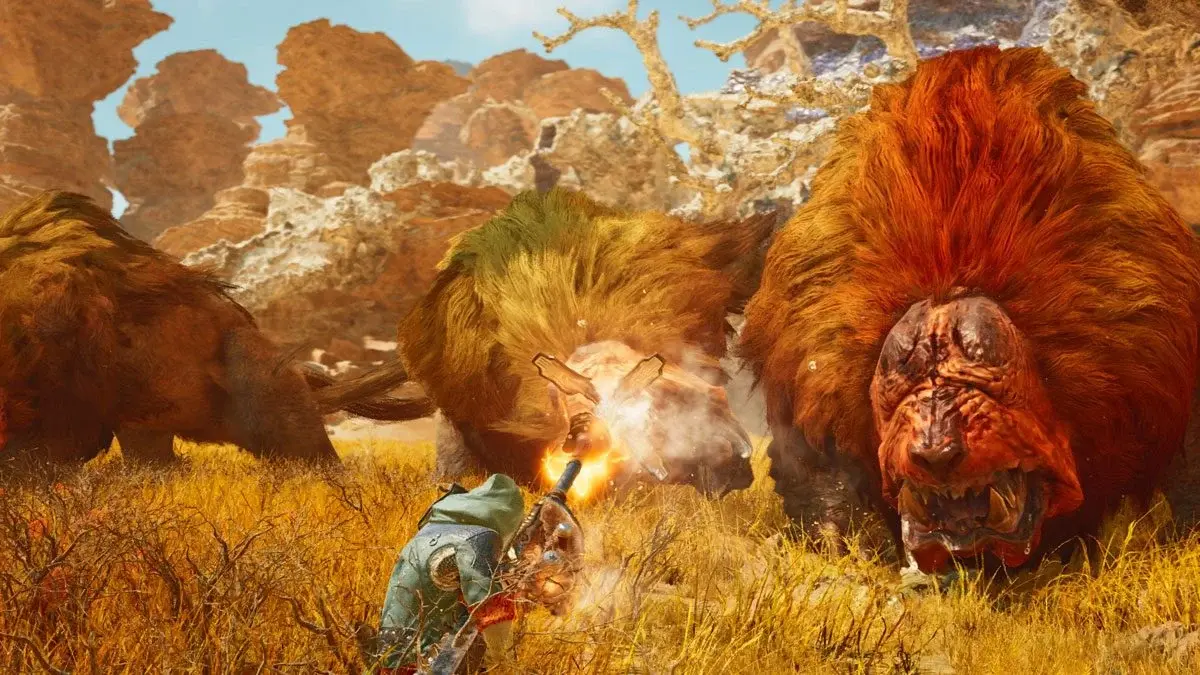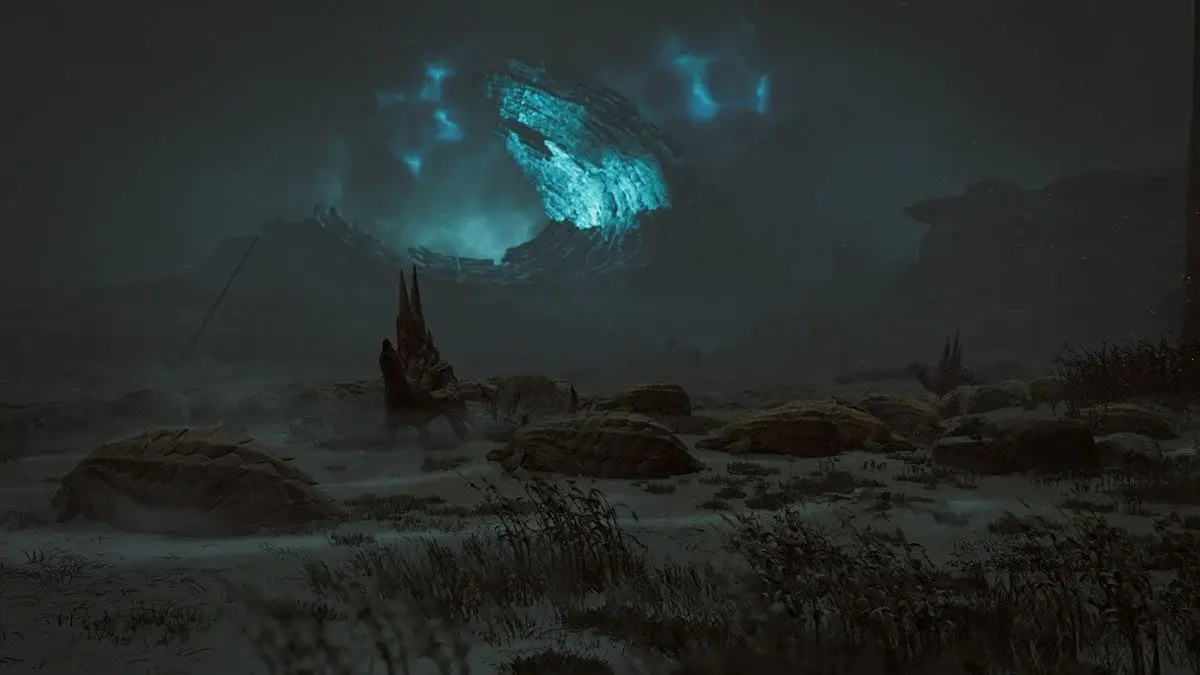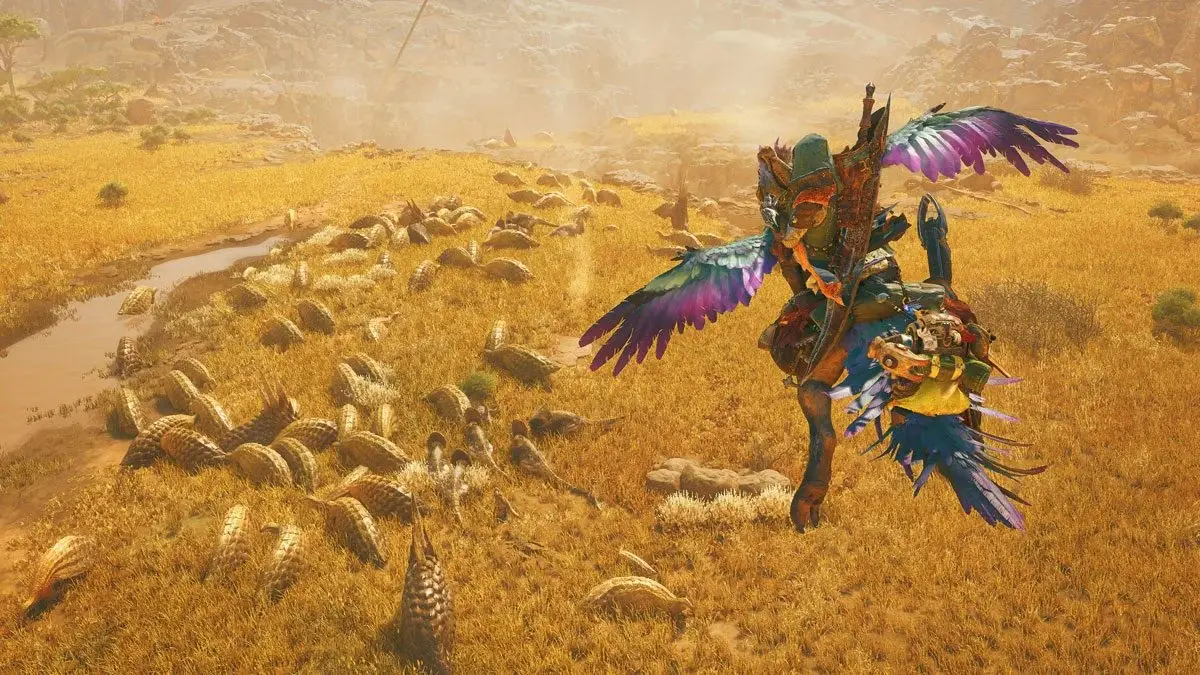Plenty for a Fallow to do.
It’d be fair to say that I’ve got a bit of a weird relationship with the Monster Hunter franchise. My first entry into the series, World, was also the first time I’d reviewed one of these games. You may have missed it at the time, but suffice to say the community certainly left an impression on me. (To be blunt, the fact that Hamish received ANY death threats at all, let alone for a 7.5/10 review, is absolutely appalling. Check yourself, and know that any ridiculous bullshit will be locked down as much as we are able. – Editor.)
That’s many, many hunts and an even greater number of hours behind me though, and after getting a glimpse of some of what was in store from series producer Ryozo Tsujimoto last year I was chomping at the bit like a Savage Deviljho to dive in to the slew of changes coming in the newest series entry.
For series newcomers, Monster Hunter Wilds is the sixth main franchise entry after the mainstream breakout Monster Hunter World. Including the portable entries, there’ve been eleven games since the series first started way back in 2004, though for many years it had only a cult following outside of Japan (largely because that’s the only place it officially released). That changed when World proved that there was an appetite for hunting terrifying monsters ’round the world; now we too get the chance to take on those beasts with comically large weapons.
It’s tempting to look at a Monster Hunter game and draw comparisons to Dark Souls or other action RPGs of that sort. I don’t think that’s fitting, and it’s an unfair comparison for both series. Instead, these games are more akin to a fighting game, relying on smart positioning and timing to pull off your combos when your opponent gives you an opening. In this case though, those opponents are 10-meter-tall dragons.
Wilds takes place in a region known as the Forbidden Lands, an area once thought to be uninhabited. This vast region features several living biomes, ranging from the raging infernos of the Oilwell Basin to flowing river of the Scarlet Forest, which can change significantly depending on the weather. Divided into three events that can best be described as seasons, each locale can have a different vibe depending on when you set foot in it.
An area is in Fallow is one at its lowest point. The land is barren and tired, and desperately in need of a reset. That reset comes in the form of Inclemency, the next season in the cycle. In this season, fires rage and lighting thunders down all around as the ecosystem’s energy surges back to life from the power flowing through it giving birth to the next season – Plenty. When a region in experiencing Plenty, life is at its peak. The world is awash with creatures and lush greenery, with those fires quelled and the heavy storms a thing of the past. This can’t last of course, as Plenty must eventually give way to Fallow and the cycle begins anew.
These seasons certainly bring an interesting new dynamic to a hunt you’ve planned, but they seem to have had one unintended consequence – all the ecosystems are just a bit drabber than in say, World. Now this makes sense when you think about it. Sure, there are only a handful of regions, but each of them must be designed three times, once for each season.
Naturally this will have stretched the resources of the environment team, and added extra layers of complication to their world designs. Of course, this cause is just speculation on my part, but it’s undeniable that the areas are just a bit duller than they were in previous titles, and the weather system is the most obvious culprit.
In a break from the well-established series norm, this time around our player character has been upgraded from a grunting mute into a fully voiced story member. Gone are the days when it felt like you were just going along for the ride, now your character will actively contribute in cutscenes and even has something resembling a personality. Don’t be fooled though – this isn’t an RPG, and your guild handler Alma will still be doing a lot of the talking. Still, it’s a pleasant change and it serves to enable one of the true gems of Wilds, the story.
It feels odd to say that a Monster Hunter game has a good story, and not simply one that’s good by Monster Hunter standards either. While it won’t be winning any awards, the story in Wilds is balanced and at times emotional one that helps give meaning to your trek through the Forbidden Lands.
Speaking to series producer Ryozo Tsujimoto in an interview last year, he was happy to provide some insight into Capcom’s design process for Wilds – making gameplay seamless. You see, in previous titles there was a main location, such as the Gathering Hub, which would serve as your home base. You’d craft weapons here, cook meals here and it’d be the place you set off from and returned too when questing. That’s thrown out the door in Wilds.
Instead of having one set location, you instead have a base camp in each region and many smaller pop-up camps littered around each map. You can fast travel freely between these camps and the base, and if you want to simply set off to gather supplies and hunt whatever monster crosses your path then you can – you only need to walk outside.
If walking is not really your speed though – and that’s fair enough considering the sheer scale of the regions in Wilds – then you’re in luck. Enter the Seikret. These bipedal, bird-like creatures can be ridden freely around the world and even provide access to some hard-to-reach paths and shortcuts. Set an objective and the smarties will follow your scoutflies all by themselves, leaving you free to heal up, sharpen your weapon or gather any resources you see via a drive by hook slinger shot.
Being able to do all this stuff on the move now keeps the intensity up in each encounter, and it means you’re never too far from the action. While in some people’s eyes this can be seen as a negative, it’s reducing the risk versus reward of healing or sharpening as an example, the emphasis on non-stop action is very much an intentional design choice.
Supporting this pivot to a more fast-paced gameplay loop are a couple of very big new options for your offensive arsenal. No, not new weapons but instead some new attacks and the introduction of Focus Mode. First cab off the rank is the Offset Attack. These bad boys provide some weapons with a way to parry or counter an incoming attack from a monster while still doing damage. No time to throw out an Offset? No worries, if you guard at the right time, you may be able to initiate a Power Clash. Here your little hunter will go toe to toe with the monster and, should you win, knock them back entirely.
The biggest game changer through is Focus Mode and the all-new Wound system that accompanies it. Focus Mode itself is a useful way to keep track of a monster. No longer will you have to worry about an attack going slightly wide, as you can now aim and track the monster easily by holding down your left trigger. When coupled with wounds though, that’s when things get very spicy.
You see, a wound occurs when you pummel one spot on a monster with enough attacks. These spots will glow red when active, but pay enough attention and you’ll notice that the monster hide will show obvious signs of weakening even before the wound itself crack open. Once it does, hitting them with a Focus Strike will set off a huge, highly damaging attack and may even leave the monster open for follow up attacks.
It should go without saying but these Focus Strikes are immensely satisfying to pull off. Take the bow for example – when in Focus Mode, queueing up a Focus Strike locks on to any available wounds. Fire it off, and you’ll rock the monster while automatically loading up a dragon piercer shot to follow. This will always knock down even the biggest monsters when hunting solo, and it makes causing and destroying wounds a priority in every hunt.
Veterans will be pleased to know that Wilds continues the franchises’ idea of a balanced approach to weapons – all are strong, some are stronger. This means that whether you’re a dual blades demon or a charge blade connoisseur, no monster will be too great for you to cut down to size. Naturally though some weapons are easier to pick up, while others can be significantly harder. Weapons like the lance, the bow and even the hammer are remarkably straight forward and as such make great options for new players to crack into their hunting career with. Some weapons reward knowledge of a monster’s attack patterns, such as the magnificent great sword or the heavy bowgun, while others offer depth through memorizing combos a la the ever-popular charge blade. Then there’s the long sword.
Forever a favourite of the most insufferable weeb you know, the long sword in Wilds may its most stacked iteration to date – there’s very little the weapon can’t do, but to get the most out of it you’ll need to string together combos, manage your gauge and of course know monster attack patterns and timings inside and out to let this flashy weapon shine.
To help beginners out in deciding just what weapon is for them, your handler Alma offer a short questionnaire to get an understanding of just how you want to play the game. From my answers she suggested I try out the switch axe – a bulky weapon that can change between a meter building Axe mode and a meter spending sword mode. Unfortunately, this is a weapon that I am unfamiliar with, and the extremely lacklustre tutorial system and training area led to me ditching this weapon after a few hunts.
Next, I decided to give the gunlance a go. For the uninitiated out there, the gunlance does exactly what it says on the cover – it combines all the pokiness of a lance and shield with the big booms that only a cannon can offer. Looking like something straight out of Final Fantasy, this weapon has long appealed to me and I was thrilled to hear of its reported strength in Wilds. Sadly, it too only lasted one or two hunts before being retired – it was simply too slow.
I then went on to try the great sword (also too slow), the charge blade (I’m too dumb), the heavy bowgun (also too slow, no I don’t learn) before finally settling on my old faithful from World: the long sword. Yes, yes, I can hear your jeers. I already acknowledged that an unsavoury sort reveres this weapon, however the high mobility it offers is addicting for a low IQ fella like me. With its flashy combos, high flying helm breakers and just generally reliable damage output, the long sword propped me up through many of the mid-game hunts.
Eventually though, and with a deadline fast approaching, I had to turn to what is the single easiest weapon in Wilds – the bow. Anybody who played the betas expected this, but yes, the bow is both over tuned and extremely easy to pick up. Offering reliable damage without having to memorize attack patterns, the ability to attack from range (i.e. relative safety) and easy access to wounds, the bow made even the hardest hunts in the main campaign a breeze.
Is it a problem that this weapon is both easy to use and able to pump out high damage? Well, clearly Capcom thinks so as it’s already started to rein it in. I’d disagree though. You see, Monster Hunter weapon mains are very tribal. Charge Blade mains would never sully themselves by taking a Long Sword into a hunt. Lance mains wouldn’t be caught dead with a Hammer.
This means that while the Bow may be strong, what it really offers is the chance for newer players – or those on an extreme time crunch – the opportunity to tackle the hardest monsters out there. Without straightforward, strong weapons like the Bow, these players are likely to drop Wilds before even giving the game a proper chance. Instead, they can conquer the toughest hunt, be drawn into the loop and then finally get stuck into the real meat of the Monster Hunter end game… the fashion.
It’s crazy to think we’re this far through a review of a Monster Hunter game and I haven’t even mentioned the monsters themselves yet. While it’s hard to speak about them too much for fear of spoilers, I can say this much – overall, I found the monsters to be underwhelming this time out. While there are some interesting ones later in the campaign, I think overall Capcom have played it safe and held a lot of their more interesting monsters until High Rank and beyond.
I haven’t ventured too far in that post-game experience (again, deadlines), but what I’ve seen so far has been a welcome change to the meek offerings found during the story. That’s all I’ll say about this for now, but if you’re feeling like me then rest assured – things do get better in the monster department later.
And so that’s Monster Hunter Wilds. With an overt focus on getting more people into their storied franchise, Capcom have taken great strides to improve the new player experience and accessibility. That said though this is still a Monster Hunter game, and despite the changes the learning curve remains near vertical for those unfamiliar with the series.
The task of balancing the new player experience versus the veteran experience in a series such as this is no mean feat – on the one hand you’ve got players with an intimate familiarity with the weapons and systems who desire challenge, while on the other are those staring down a monster for the first time wondering what’s flavour of ass-kicking lay ahead.
While Wilds is an improvement, there’s still much to be done in this space. Each weapon you learn, with its specific combos and quirks, feels like learning a whole other language. The ability to take two weapons on a hunt is great for veterans, but it’s just another weapon you don’t know for new players. The lack of any real learning resources in game does nothing to alleviate that either.
With Monster Hunter Wilds, the developers are really trying. Trying to keep the formula fresh and interesting, trying to embrace the benefits that newer and more powerful technology brings and trying to entice new players into the oft cult-like fold of Monster Hunter die-hards. I’m pleased to report that Capcom have succeeded in all these goals to some degree, though the degree of that success varies. There’s never been a better time to dip into the Monster Hunter franchise than with Wilds. Hope to see you out there, hunter.
Expect Monster Hunter Wilds from 28 February 2025 on Windows PC via Steam, Xbox Series S, Xbox Series X, and PS5.
Monster Hunter Wilds was reviewed using a promotional code on Windows PC via Steam, as provided by the publisher. Click here to learn more about Stevivor’s scoring scale.
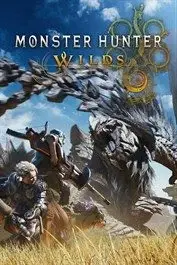 |
Monster Hunter Wilds28 February 2025PC PS5 Xbox Series S & X
|
This article may contain affiliate links, meaning we could earn a small commission if you click-through and make a purchase. Stevivor is an independent outlet and our journalism is in no way influenced by any advertiser or commercial initiative.

